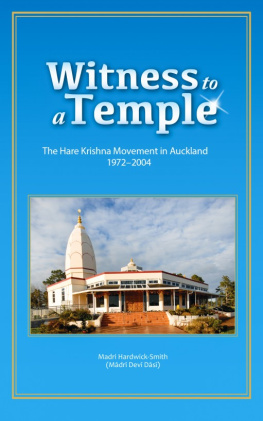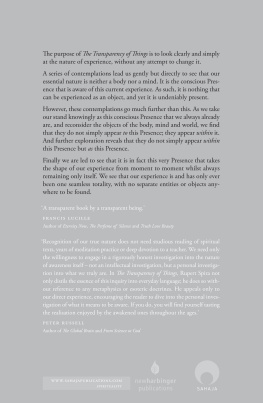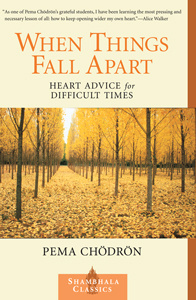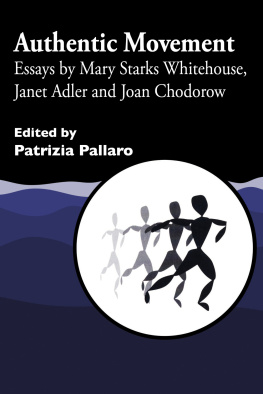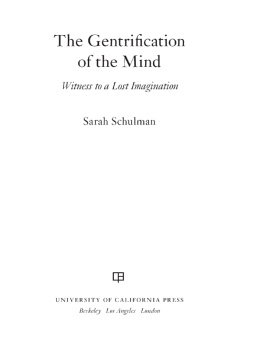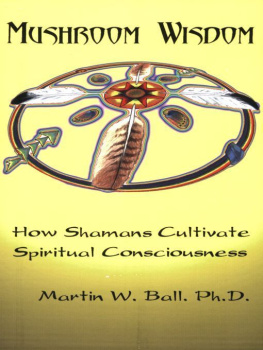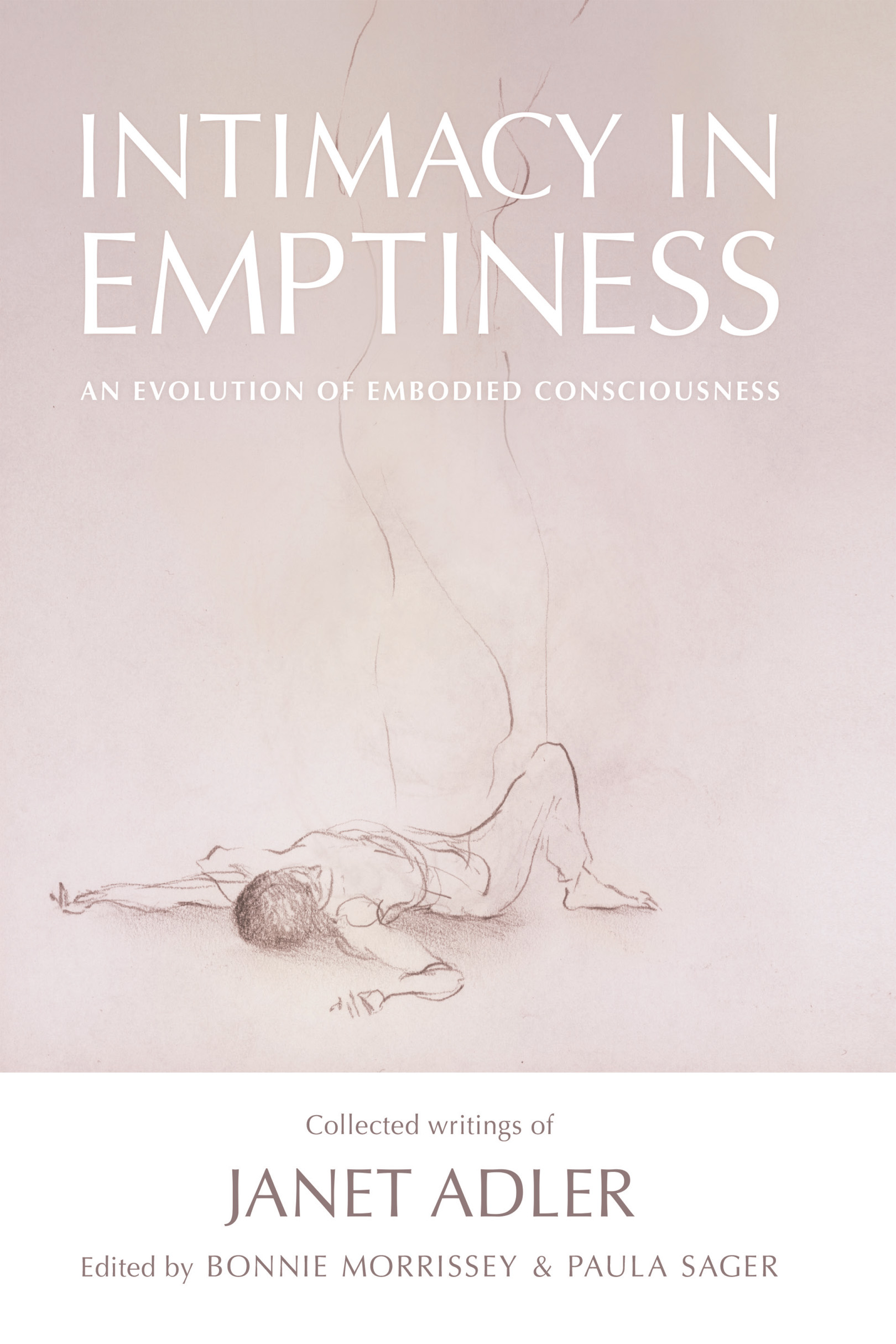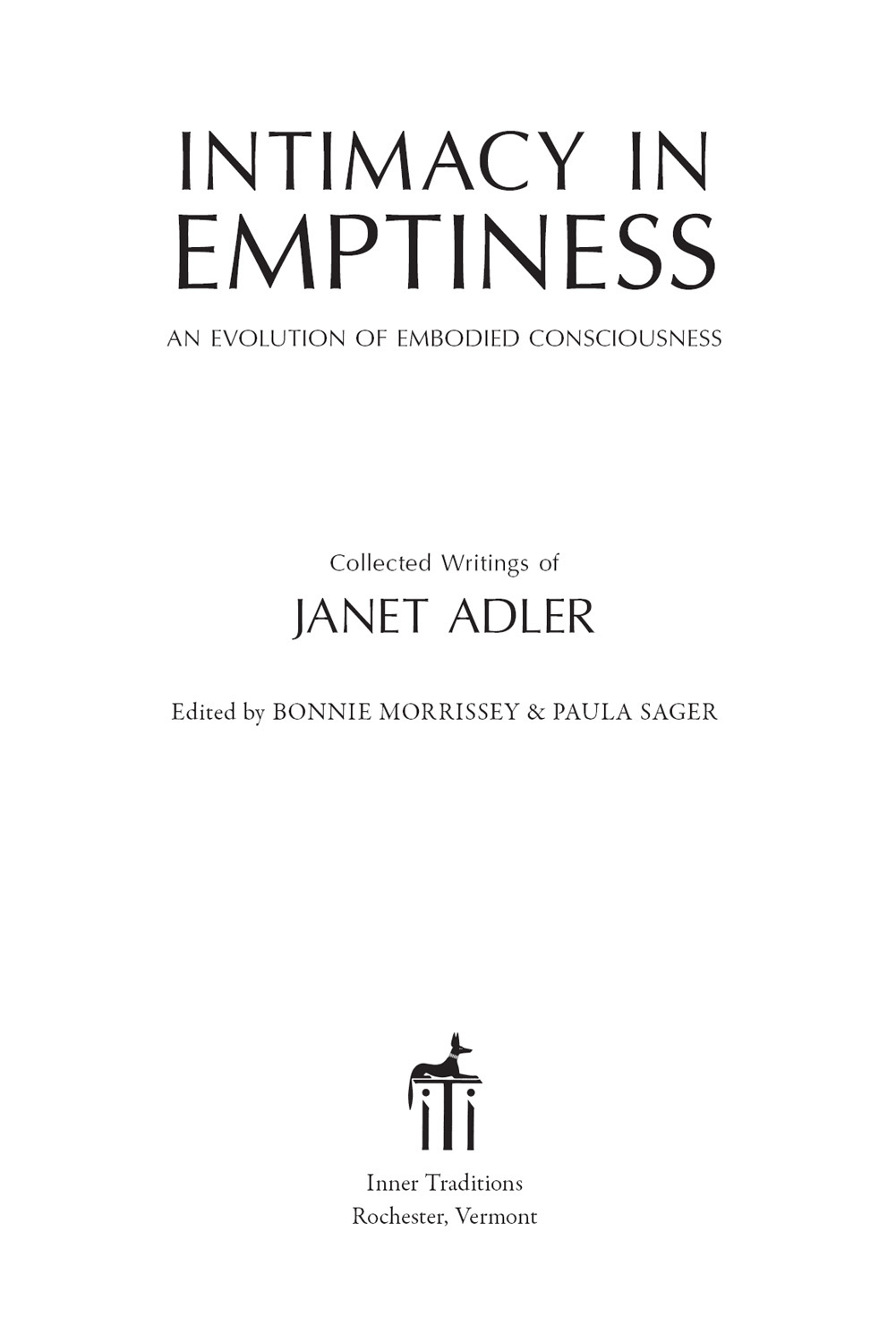
To the humanity and the divinity within every person
INTIMACY IN EMPTINESS
Intimacy in Emptiness is a jewel adding significantly to the treasury of contemplative wisdom. Cultivating the practice of witnessing the human essence reveals the depth and mystery of embodiment.
JEFF GENUNG, COFOUNDER OF CONTEMPLATIVE LIFE AND MANAGING DIRECTOR OF PROSOCIAL WORLD
This book is a celebration of and a call for both humanity and divinity, crystallized through the deep healing power of the Discipline of Authentic Movement. In this turbulent and polarized world, Janet Adlers focus on compassion, clear seeing, and embodied consciousness is a necessary and precious gift to our global community.
TONY YU ZHOU, FOUNDER AND CEO OF INSPIREES INSTITUTE, CHINA
A must-read for contemplatives, regarding the enfleshed communion of the physical and the metaphysical. Janet Adlers half-century of work and writing calls us to develop our inner witness toward presence, toward coming to know our humanity as consciously embodied, deeply interconnected, and an ever-evolving experience. I will be thinking, being, moving with and through these writings for a long time to come.
DAVID ROBINSON-MORRIS, EXECUTIVE DIRECTOR OF THE CENTER FOR CONTEMPLATIVE MIND IN SOCIETY
An important tribute to an invaluable lifes work. Janet Adlers Discipline of Authentic Movement unites body and psyche, individual and collective, psychotherapy and spirituality in a profound experiential exploration of the relationship of mover and witness. A unique portrayal of the potential of embodied consciousness.
GAY WATSON, AUTHOR OFA PHILOSOPHY OF EMPTINESS
Janet Adlers life and work are a powerful, creative, and generous manifestation of a process of embodied and relational awakening, so necessary for the healing and transformation of humanity in these critical times.
DONALD ROTHBERG, AUTHOR OFTHE ENGAGED SPIRITUAL LIFE
Authenticity is a practice. Although it can arise spontaneously, it also requires discipline. Each of these chapters with their introductions and images are companions, perseverant guides helping us endure with hope and celebrate with imagination.
ANDREA OLSEN, AUTHOR OFTHE PLACE OF DANCE
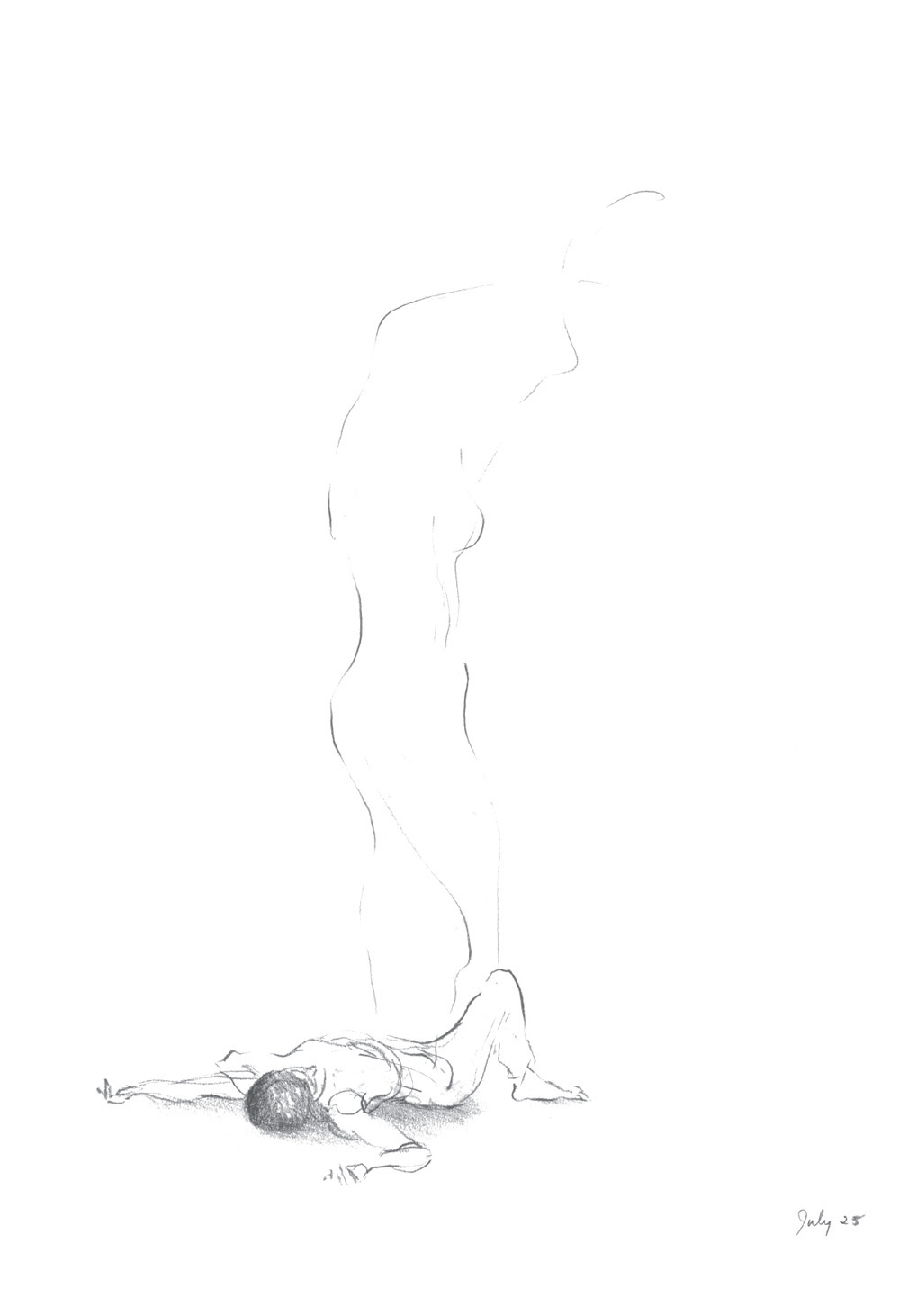
ACKNOWLEDGMENTS
The Discipline of Authentic Movement develops because of each person, one by one, committing toward what is truein the presence of an inner and outer witnessuntil a wholeness is directly known within a collective body. This book feels like a collective body, formed as each one of us, in collaboration with Janet, brought into words our own longings, passions, questions, and concerns. We have trusted that our individual voices would emerge and intertwine into something whole and new, only because of the other. We hope this book, which was also envisioned early on as a boat, will sail into the world and offer something of value.
This process has required specific, necessary, and precious support from the following people and organizations:
We are grateful to Jeff Genung for his encouragement and for the generous grant from Contemplative Life that supported our early research and meetings with Janet. Thank you.
Early readers kindly offered their time and attention to thoroughly read the manuscript and answer questions we asked of them. The fullness of their responses has been invaluable in clarifying and enriching our efforts. Big thank yous to Joshua Boettiger, Annie Geissinger, Susan Marie Powers, Mandoline Whittlesey, Donald Rothberg, and Yu-Ling Hu.
Thank you, Rosalyn Driscoll, for your finely-rendered pencil drawings, from when you sat and drew as Janets silent witness while she moved in the studio space in Northampton, Massachusetts. We have chosen twelve of more than one hundred of these drawings to complement the text. And thank you, Paul Boettiger, for recognizing and choosing one of these drawings to center your creation of the elegant cover design for the book.
In our lengthy process of creating this book, we have been consistently and thankfully aware of the grounding support from faculty, learners, and graduates within Circles of Four, the postgraduate-level program in which students become teachers of the Discipline of Authentic Movement. We offer our gratitude to each of you teaching, studying, and practicing within this collective body of like-minded souls as you faithfully support this offering with such warmth, wisdom, and trust.
We are indebted to Patrizia Pallaro and her work as editor of two volumes of essays, the first books to focus solely on Authentic Movement. Her abundant contributions to this wider field are replete with scholarly, respectful, and inclusive historical material. We are grateful to Julia Gombos for the seeds of thought and collaboration regarding Janets legacy and to Nina Kungarova for filming one of our conversations with Janet.
We truly appreciate everyone who helped us with all of the necessary and practical challenges of the publishing world, the computer world, and the world of text. Thank you, Stephanie Turner, Joan Webb, Alison Granucci, Lindsay Williams, Amaryah Orenstein, Miles Shebar, Jen Stackhouse, and Judy Cardanha.
Our work with Inner Traditions has been seamless and invigorating. We have happily depended on the expertise in each department with which we have been engaged. Thank you, Ehud Sperling, Jon Graham, John Hays, Jeanie Levitan, Patricia Rydle, Aaron Davis, Erica Robinson, Jennie Marx, Virginia Scott Bowman, Eliza Homick, and our wonderfully receptive and very helpful project editor, Meghan MacLean. We are grateful for every person at Inner Traditions who has assisted in bringing this manuscript to publication.
Our gratitude goes out to Sheila Bellefleur, Leslie Fry, Travis Morrissey, Marilyn Clements, Jeremy Sager, and Philip Buller for your nearness, your patience, and your continuing engagement in witnessing this writing project since its inception in 2018.

Contents
Dizang asked Fayan Where are you going?
Fayan said, Around on pilgrimage.
Dizang said, What is the purpose of pilgrimage?
Fayan said, I dont know.
Dizang said, Not knowing is most intimate.
BOOK OF SERENITY, CASE 20, DIZANG
PREFACE
Curving along the arc of the spiral, somehow all the way around now into the wholeness of a mandala, I know a way of work emerging through time, shaped by a longing for clear seeing. This way for methe Discipline of Authentic Movementis a path not chosen but gratefully followed, cultivated in reverence.
In the discipline, a voyage inward always begins inside relationship, always begins with moving in the presence of an outer witness. This sacred gift invites the utterly mysterious and lifesaving experience of growing a loving enough inner witness. An inner witness maturing becomes one way of understanding a core vibration of the evolution of embodied consciousness.
Compassionate witnessing of oneself and anotherour luminosity, our woundsis a loving act, healing, often redemptive. Sustained focus on a body moving, a body not moving, that very place within which we humans dwell, grounds a process of self-emptying as density dissolves. Refined through committed practice, such concentration becomes devotion. As both the rigor and the elegance of ritual practice deepen, the intimate and direct experience of clear seeing can manifest as an indwelling god, still silent awareness, a knowing of unitive consciousness.




